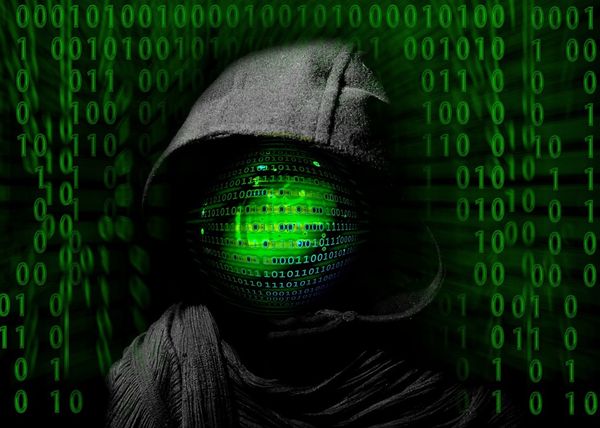DDoS Attacks in the UK Rise 220%

The UK is officially the second-most-targeted country after DDoS attacks on local businesses have risen by 221 percent year over year, research by Imperva threat landscape found.
At 445 attacks per week, South Korea has taken the lead in DDoS botnet activity. As criminals constantly improve their hacking methods and grow more driven to succeed, DDoS attacks are “larger and more sophisticated on the high-end of the scale,” the DDoS Threat Landscape report says.
This is not only a result of hackers testing different attack methods for efficiency, but also of an increase in DDoS-for-hire services such as stressers or booters “from 63.8 percent in Q2 2015 to 93 percent in Q1 2016.” As DDoS-for-hire services are behind more than 90 percent of attacks, this “paints a new profile of top bad actors,” the report adds. “These are non-professionals who use DDoS for racketeering or to instigate attacks out of boredom or spite.”
Consequently many criminals are no longer interested in simple singular assaults, so they target successful businesses and launch complex attacks for vandalism or extortion. Advanced campaigns on application layers are carried out by bots that run variants of Nitol, Cycloe and PC Rat malware and mask their identity with fake HTTP headers.
Because DDoS attacks send tons of traffic to websites to take them down, many businesses are affected especially small and medium companies that don”t have the means to properly protect themselves against hackers” persistence.
tags
Author
After having addressed topics such as NFC, startups, and tech innovation, she has now shifted focus to internet security, with a keen interest in smart homes and IoT threats.
View all postsRight now Top posts
How to Protect Your WhatsApp from Hackers and Scammers – 8 Key Settings and Best Practices
April 03, 2025
Outpacing Cyberthreats: Bitdefender Together with Scuderia Ferrari HP in 2025
March 12, 2025
Streamjacking Scams On YouTube Leverage CS2 Pro Player Championships to Defraud Gamers
February 20, 2025
How to Identify and Protect Yourself from Gaming Laptop Scams
February 11, 2025
FOLLOW US ON SOCIAL MEDIA
You might also like
Bookmarks








